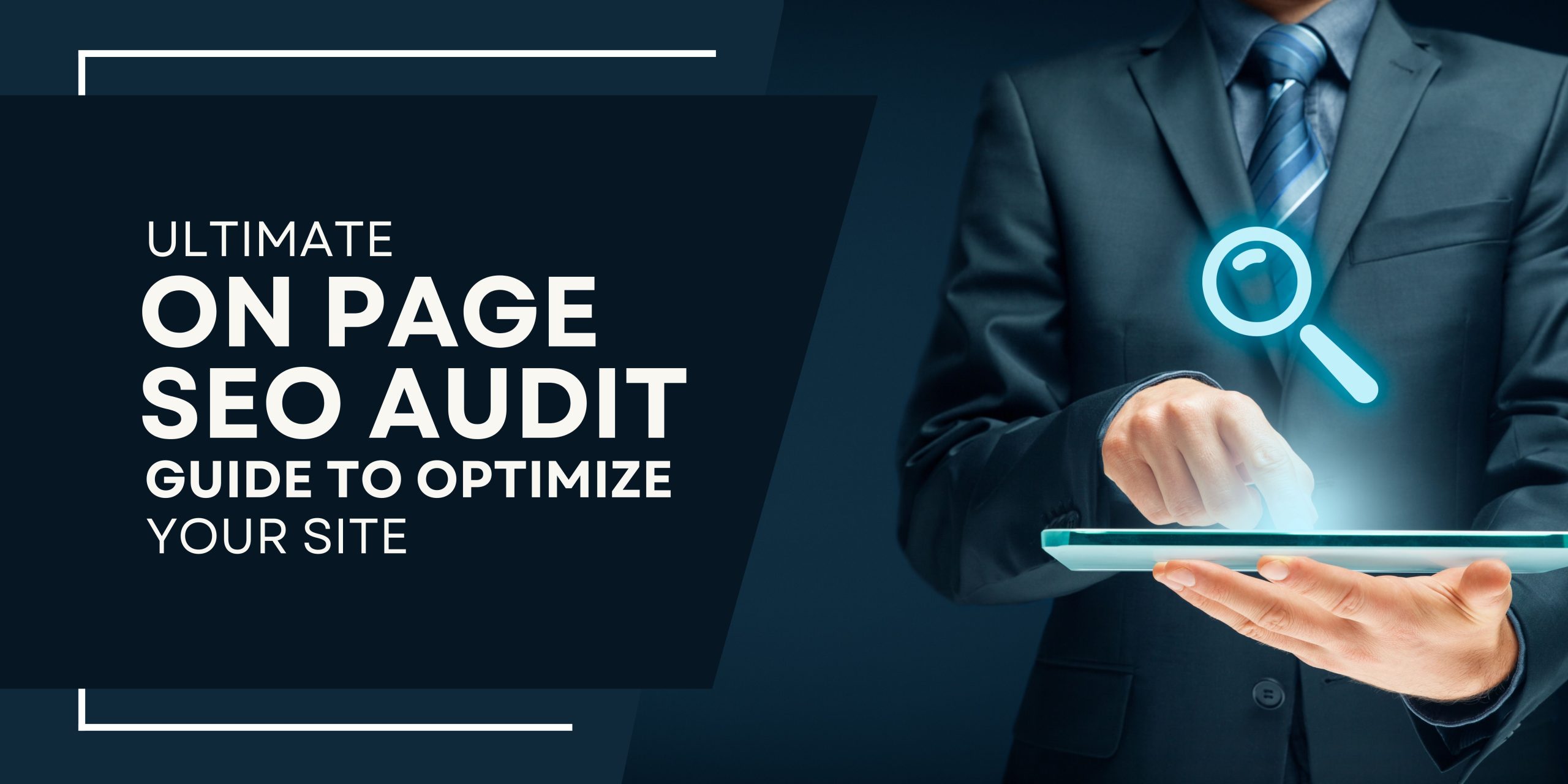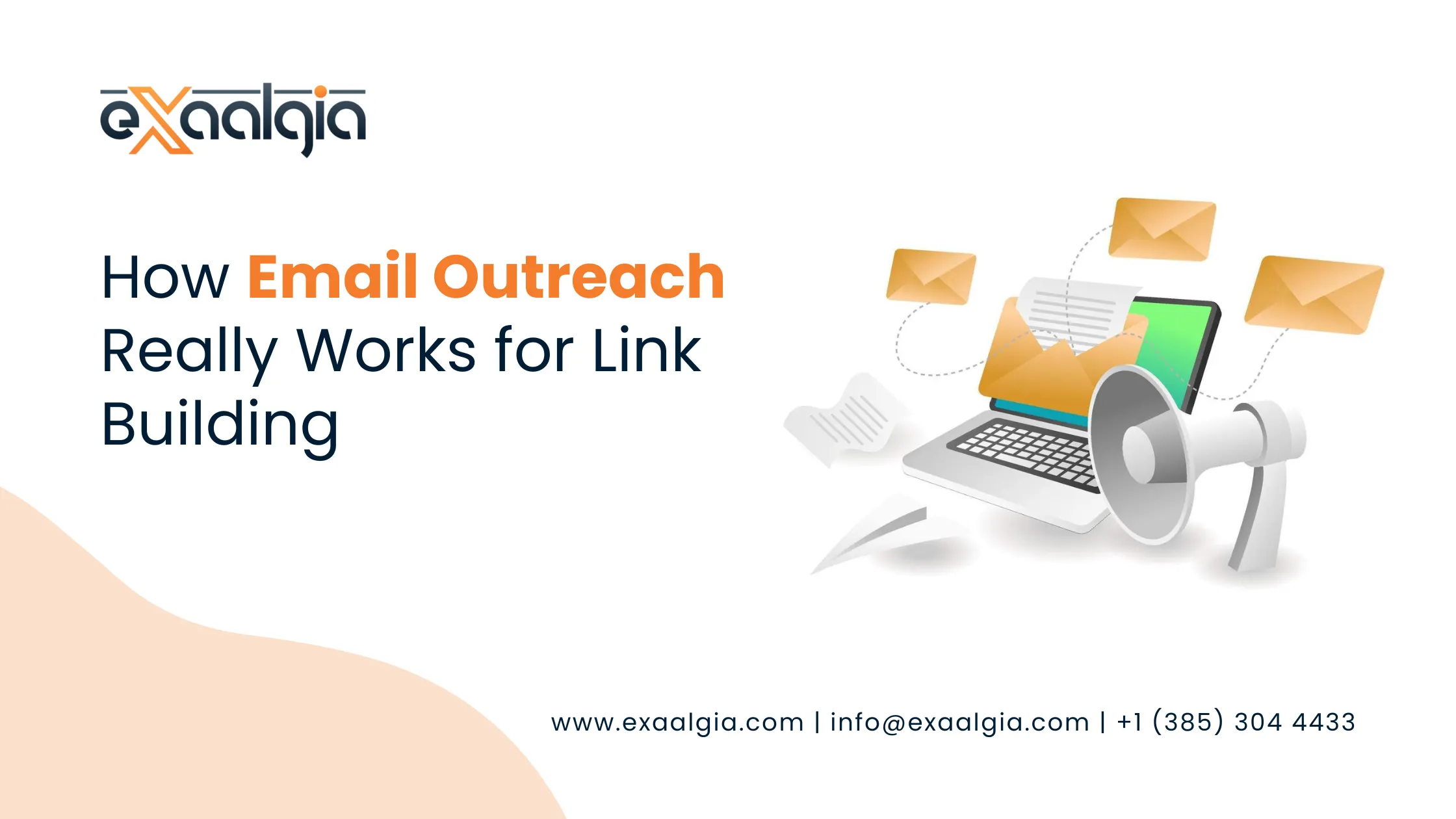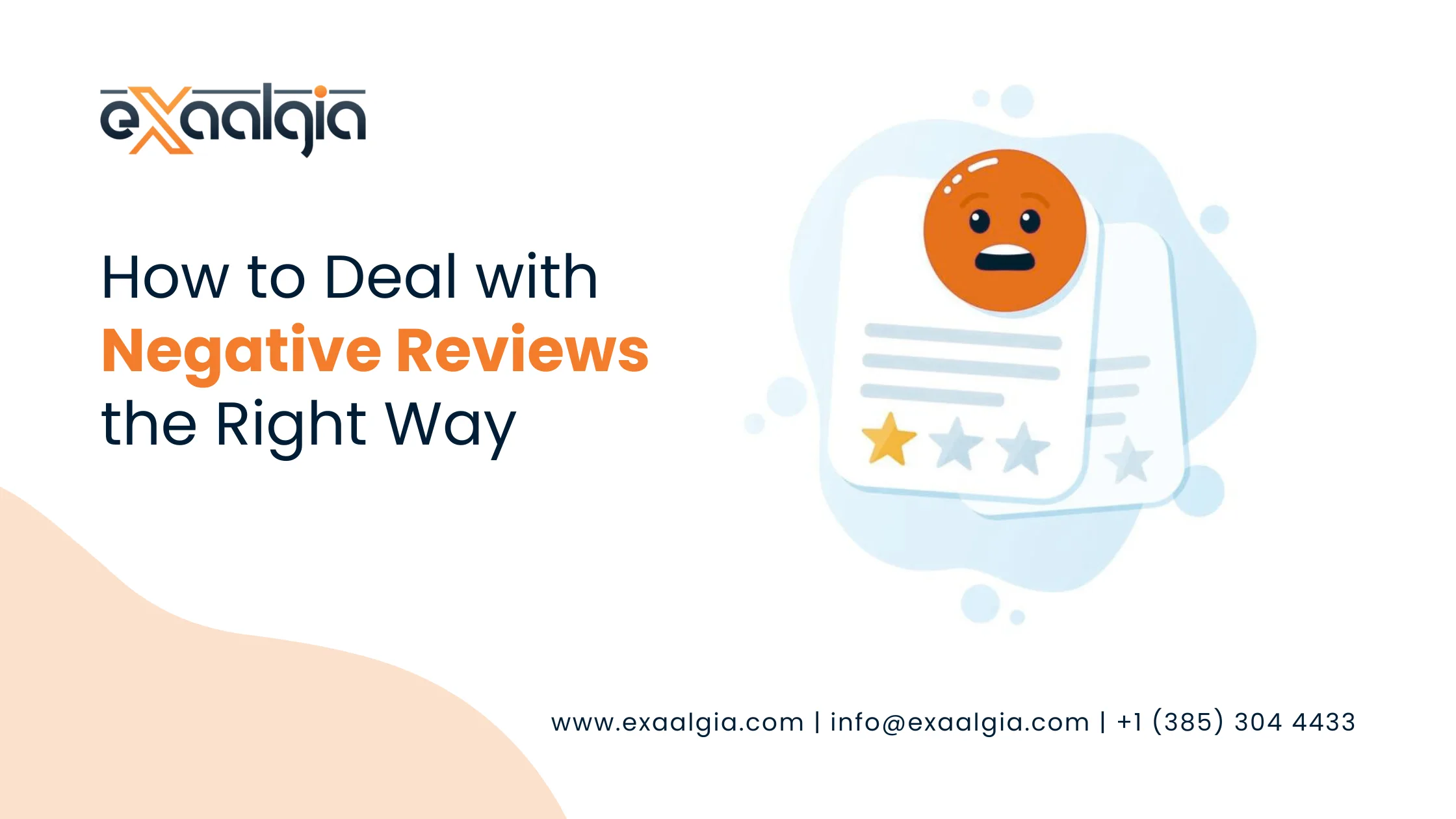Here, we will be providing a detailed instruction that comprises a step-by-step guide on how to perform the on-page SEO audits. By following these instructions and using the theoretical models and best practices, you will be able to achieve the most effectiveness out of your website.
Why On Page SEO Audit Important?
On-page SEO is the first step in any successful SEO strategy. When you optimize the content, structure, and technical elements of your web pages, you are sending clear signals to search engines about what your site is about and why it’s relevant to users’ search queries.
Some of the key benefits of investing in on-page SEO include:
1. Improved search visibility and rankings
On page optimization helps search engines better understand and index your web pages, leading to higher rankings for your target keywords.
2. Increased organic traffic
Higher rankings translate to more clicks and traffic from the SERPs, allowing you to reach a wider audience of potential customers.
3. Better user experience
On-page optimizations like fast page speeds and mobile-friendliness enhance the overall experience for your website visitors.
10 Essential Elements for Building a Solid On Page SEO Audit Checklist
To ensure your web pages are fully optimized, your on page SEO audit should cover the following essential elements:
1. Optimizing Meta Tags
- Title tags: Ensure your title tags are unique, keyword-rich, and accurately reflect the content of each page.
- Meta descriptions: Craft compelling meta descriptions that entice users to click through to your site.
- Alt text: Optimize the alt text for all images on your pages to improve accessibility and provide context for search engines.
2. Improving Page Speed
- Reduce image and file sizes
- Leverage browser caching
- Minify CSS, JavaScript, and HTML
- Implement a content delivery network (CDN)
3. Optimizing URL Structure
- Use clear, keyword-rich URLs that accurately describe the page content
- Avoid long, convoluted URLs with unnecessary parameters
4. Optimizing Header Tags
- Structure your content using the appropriate H1, H2, H3 tags
- Ensure your header tags are relevant and include target keywords
5. Optimizing Page Content
- Give your target audience high-quality, unique content that will help them.
- Weave your target keywords seamlessly throughout the text
- Maintain an optimal content length (300-1,000 words is generally recommended)
6. Optimizing Images
- Utilize descriptive, keyword-rich file names and alt text for all images
- Compress image files to accelerate page load times
- Consider incorporating relevant images, infographics, and other visual elements
7. Improving Internal Linking
- Link relevant pages on your site together using keyword-rich anchor text
- Ensure your navigation structure is intuitive and easy to follow
8. Ensuring Mobile Optimization
- Verify your site is mobile-friendly and responsive across all devices
- Fix any mobile usability issues flagged by the Google Search Console
9. Optimizing for User Experience
- Reduce bounce rates by improving page layouts, content structure, and overall UX
- Implement conversion rate optimization (CRO) tactics to drive more desired actions
10. Monitoring and Tracking Performance
- Set up Google Analytics to track key on page SEO metrics
- Regularly review and analyze your data to identify areas for improvement
Essential Tools for On page SEO Audit
To keep up with the changing world of SEO, you need a bunch of tools to help you out. Having knowledge is great, but having the right tools makes it even better when it comes to analyzing and improving your website. Here’s breakdown some key tools you need to improve your onpage SEO audit.
Website Crawlers and Analysis:
- Google Search Console (GSC): This free powerhouse from Google provides a wealth of information about your website’s health from a search engine’s perspective. It identifies crawl errors, indexation issues, mobile usability problems, and keyword performance.
- Screaming Frog SEO Spider: This desktop application crawls your website like a search engine bot, uncovering broken links, missing meta descriptions, and technical SEO issues.
- SEMrush Site Audit: This tool offers a comprehensive analysis of your website’s onpage SEO, including technical issues, content optimization suggestions, and competitor comparisons (paid subscription required).
Content Optimization:
- Yoast SEO (WordPress Plugin): This popular plugin integrates seamlessly with WordPress websites. It guides you in optimizing titles, meta descriptions, and content for target keywords and readability.
- Surfer SEO: This cloud-based tool analyzes your content and competitor pages, suggesting relevant keywords, content structure improvements, and internal linking opportunities (paid subscription required).
- Copyscape: Concerned about plagiarism? Copyscape checks your content against billions of web pages to identify potential duplicate content issues.
Technical SEO Analysis:
- Google PageSpeed Insights: This free tool analyzes your website’s loading speed on desktop and mobile and offers actionable recommendations for improvement.
- GTmetrix: Similar to PageSpeed Insights, GTmetrix provides detailed performance reports with insights into page load times, image optimization, and caching strategies.
- Mobile-Friendly Test: Mobile browsing reigns supreme. Use Google’s Mobile-Friendly Test to ensure your website offers a seamless experience on all devices.
Keyword Research and Analysis:
- Google Keyword Planner: This free tool by Google helps you discover relevant keywords, search volume estimates, and competition levels for your target audience.
- Ahrefs Keyword Tool: This powerful tool (paid subscription required) offers in-depth keyword research, including search volume data, keyword difficulty scores, and competitor keyword rankings.
- AnswerThePublic: This creative tool helps uncover the “whys” and “hows” your target audience is searching for, providing valuable insights for content creation.
Get ready to dominate search results pages!
By utilizing our comprehensive On Page SEO Audit, you can make your website a search engine magnet, resulting in increased traffic, conversions, and ultimate digital supremacy!
Understand that SEO is a constant process instead of a one-time effort. Continuous monitoring, testing, and optimization will be crucial for maintaining and improving your on page SEO performance over time. Stay vigilant, keep your finger on the pulse of industry trends, and leverage data-driven insights to inform your on-page optimization efforts.
With a well-executed on-page SEO strategy in place, you’ll be well on your way to dominating the search results and reaching new heights of success for your business. So why wait? Get started with this comprehensive on-page SEO audit checklist and unlock your website’s true potential today!







